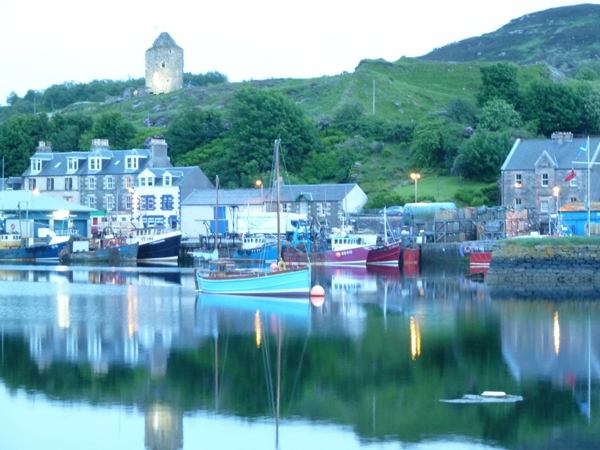Scotland Travel Blog August 2015
“Overlooked Scotland”
Last month I wrote about our visits to some of the remote corners of Scotland that require a bit of effort to get to. It is often surprising how many people actually go to these places and that got me thinking about some of the easier to access places that are frequently overlooked despite their merits as tourist attractions.
Kirkcudbright & Galloway Hills
Most tourists travelling up to Scotland on the M6 / M74 corridor, won’t deviate far from the motorway until they have gone past Glasgow. There seems to be a belief that you have to go into the Highlands to see great scenery and wilderness, but you can get all of this by just taking a left turn after Gretna Green. For sure the scenery is different from the Highlands, but the rolling hills and woodlands of Galloway have a charm of their own and it’s not hard to find a quiet corner. If picking a few favourite places in this area; we’d suggest the following:
Kirkcudbright town is one of several pretty towns in the region, but it has the advantage of a coastal setting and photogenic terraces of Georgian & Victorian houses painted in an array of pastel hues. It has been labelled the “Artists’ Town” due to its historical connections with the “Glasgow Boys” movement. The town still has an arty flair about it and has a busy calendar of cultural events.
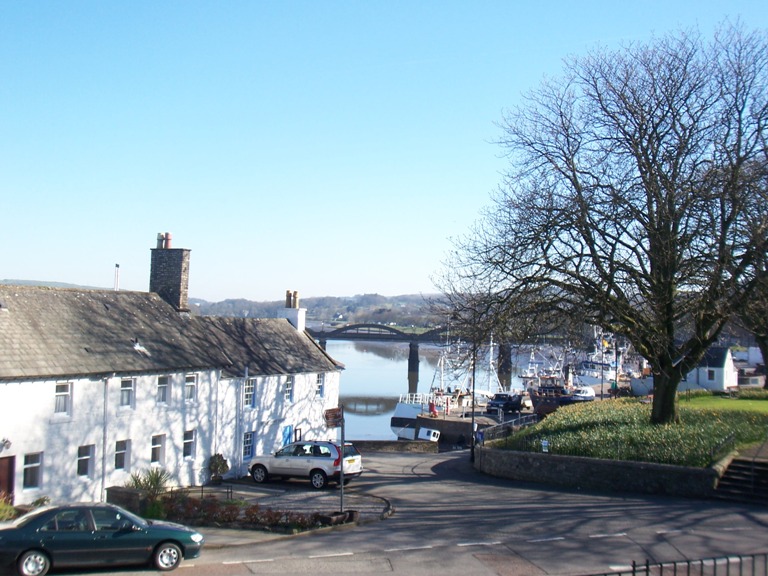
Rockcliffe is another pretty & sleepy little village beside a sheltered bay where, at low tide, you can explore Rough island (so long as it isn’t nesting season) or you can just relax at the "Garden Room" cafe with a satisfying pot of tea & fresh baked scone filled with jam and cream. There’s also a nice coastal path that takes you from Rockcliffe round to Kippford where you’ll find a small marina and a Pub! Always good motivation for a walk.
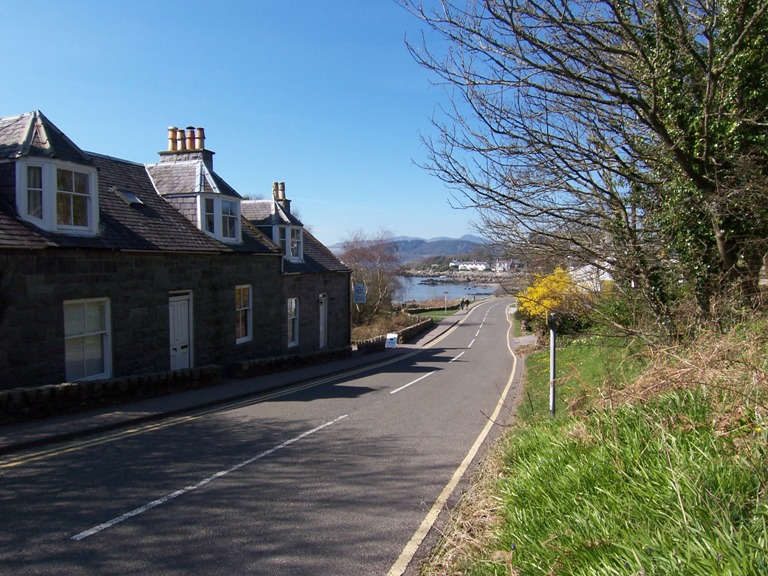
Glen Trool – site of a famous skirmish that marked the start of Robert the Bruce’s battle to win Scotland’s Independence from English oppression. A drive up the quite Glen ends at Loch Trool and the memorial “Bruce’s Stone” that commemorates the battle. From here, you can embark on a gentle walk bordering the loch or a more strenuous, but not too hard, climb up the Merrick, which is the highest hill in this part of Scotland.
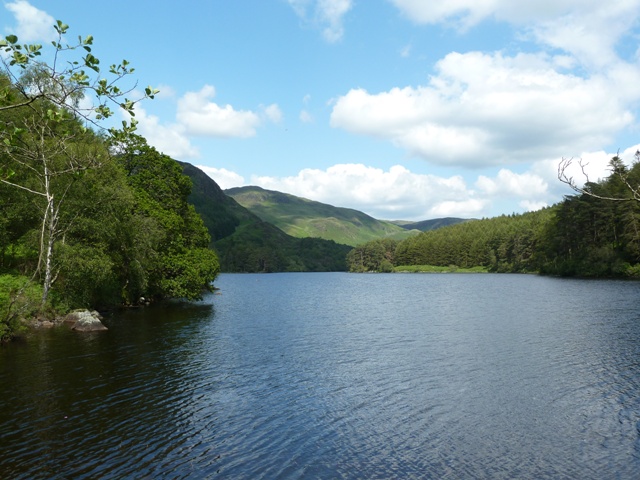
Glenluce Abbey – not a lot remains of the abbey, but the Chapter room with its excellent acoustics is still intact. The setting of the abbey is the real appeal here and it is easy to understand why the tranquillity of the place would have appealed to the Cistercian Monks.
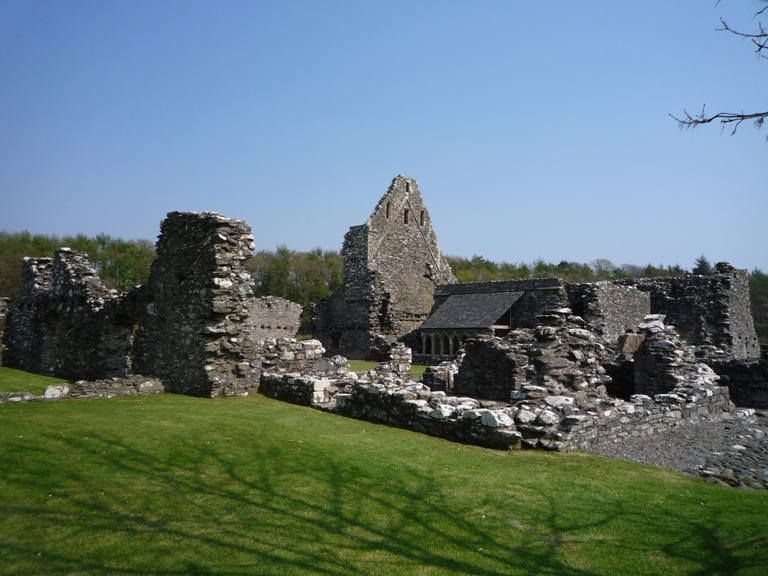
Sunart, Moidart and Morvern
In much the same way that people speed past Galloway on the M74, this area is bypassed by visitors heading up the A82 en route to Fort William. A short ferry ride costing less than £10 gets you off the mainstream tourist trail and into a part of the Scottish Highlands that is all the better for the lack of fast roads. Whilst many other areas of the Highlands are relatively treeless, the area around Loch Sunart has retained large tracts of deciduous woodlands and it lets you experience what much of Scotland would look like without the activities of sheep farming and deer management which lead to hillsides denuded of trees. This is a sparsely populated area, but it has some great natural attractions:
Ariundle Woodlands – just inland from Strontian village there is a charming woodland of sessile oak, rowan trees, hazel and other native species. An especially lovely place to explore in early Autumn when you can enjoy the golden brown leaves and red rowan berries.
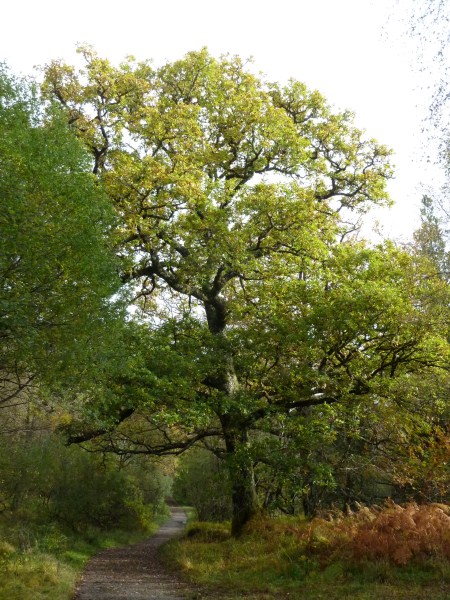
Kentra Bay – you need to be prepared to walk about 90 minutes to get to this beach, but the walk is in itself part of the appeal of this glorious beach of white sands fringed with pines trees. The sands are made of a particular type of silicate which, if you know the technique, can be scuffed in such a way that they make a soft chirping / squeaking noise. They are romantically called the “singing sands” but that title does flatter the sound that they make. However, you don’t really need the sands to sing as the scenery here is wonderful and, when the sunshines, it can almost feel like you’re in the tropics.
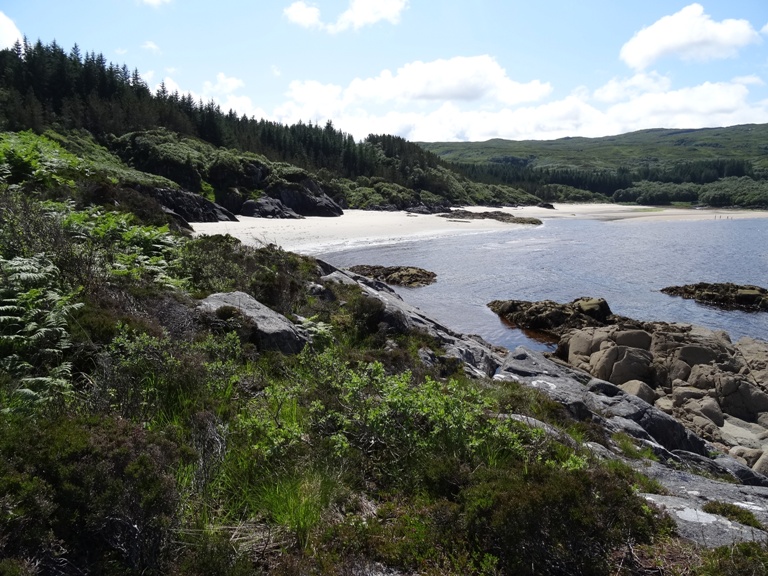
Castle Tioram – everyone wants to see Eilean Donan castle, but most it was a ruin until the 1930’s when it was rebuilt. Castle Tioram is the “real thing” and it has a setting that rivals Eilean Donan. Furthermore, you’ll not find any coach parties clambering around this castle or tourists vying with each other to get the best camera angle. Winston Churchill rated it as one of the most beautiful places in Scotland and we’d certainly put in our list of favourite places. Unfortunately, the castle is not stable enough for you to go inside, but you can cross over the bay to walk around it.
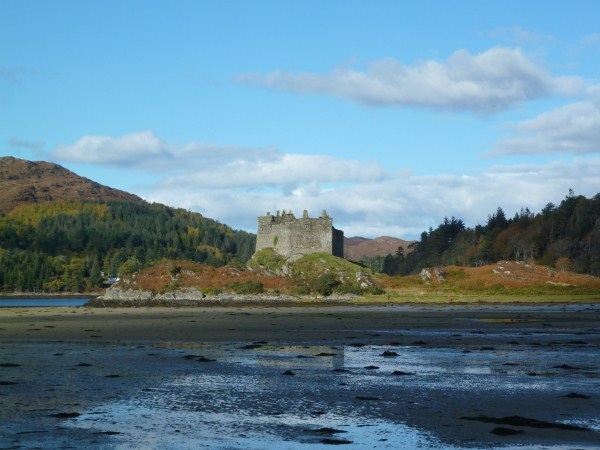
Knapdale and the Mull of Kintyre
The Knapdale area is an area of Argyll bounded at the north by the Crinan Canal and extending down to the Mull of Kintyre. So Knapdale and the Mull of Kintyre can really be considered as one land mass to most intents and purposes. The fact that they are considered as 2 regions owes a lot to history and the antics of one clever Viking chap called Magnus the Barelegs. We’ve told this story on the blog before, but in summary Magnus made a deal with a Scottish King that said he could claim any land he could navigate his boat round. Magnus exploited the gaps in the small print and dragged his boat overland at the narrow isthmus which now delineates the northern boundary of the Mull of Kintyre. Whilst the Knapdale region does see quite a few visitors passing through on the way to the Islay or Arran ferries, it and the Mull of Kintyre are not areas that many people make their primary destination. As a result, the area has a bit of a “back water” feel about it and you can understand why Paul McCartney enjoyed living here for the peace and quiet. Places to seek out in this quiet corner of Scotland are:
Machrihanish Beach – if you are a keen Golfer and clued up on your golf courses, then Machrihanish will probably be on your “bucket list” of places to play a round. The location does mean that you aren’t likely to be queuing long at the starter’s hut which is a great advantage over trying to play at St Andrews Old Course. We’re not that much into golf, but even we can understand the appeal of this course with its rolling sand dunes and challenging sea breezes. When we go to Machrihanish, we much prefer to take a kite and have fun on the almost 3 mile long stretch of sandy bay. And after a bracing play on the beach, we head to the cosy bar at the “Old Clubhouse” where you can get some very good food too.
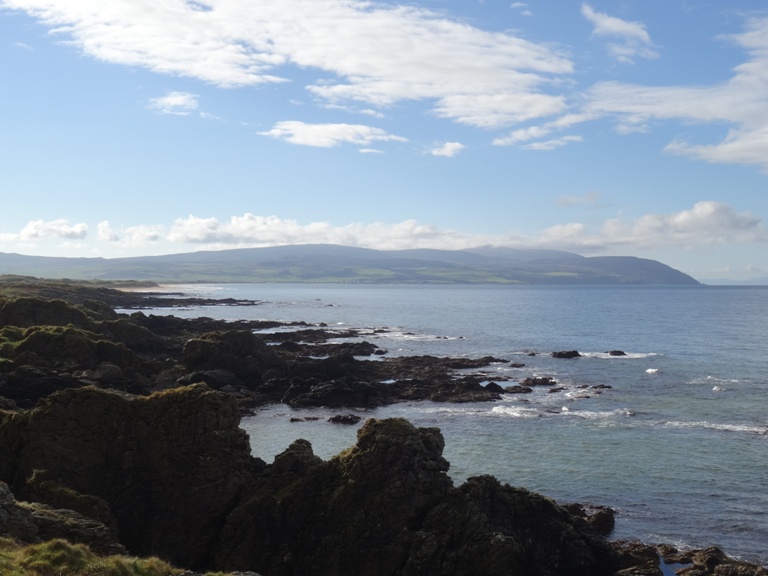
Springbank Distillery – as distilleries go, the setting of Springbank is not the best. It is located on a back street of the rather tired looking town of Campbeltown. It is surrounded by buildings on most sides and it has quite a functional air about it whereas most distilleries tend to be in a rural setting with open fields around them. Don’t let any of this put you off, because this is one of the finest malt whiskies in Scotland and many of the people in the know (my Dad for example) rate it as their favourite.
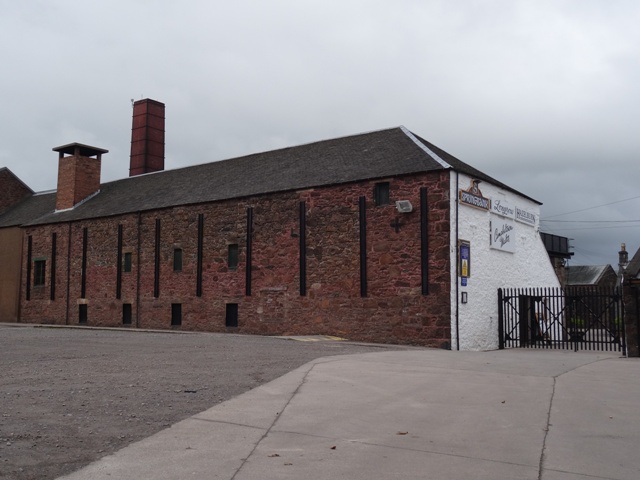
Tarbert – there are a lot of places in Scotland called Tarbet or Tarbert. The place name derives from the Gaelic word meaning a narrow isthmus of land where two bodies of water almost meet. Hence you find this place name appearing quite a lot in a country where you are never too far from the sea or a loch. The Tarbert that you find in Knapdale is an attractive spot, but we wouldn’t class it as one of the prettiest villages in Scotland. The reason we like this place is the vibrant community spirit and the choice of restaurants. At one stage, it was claimed that Tarbert had more award winning restaurants per head of capita than any other part of the British Isles. We wouldn’t take that claim to seriously as we don’t know who could be bothered to calculate a statistic like that. The calendar of events in Tarbert is lively, with seafood festivals, music festivals, boat festival, film festivals, book festivals, Gala days and raft races in the harbour. You wouldn’t credit that the population numbers just ~1,300.
